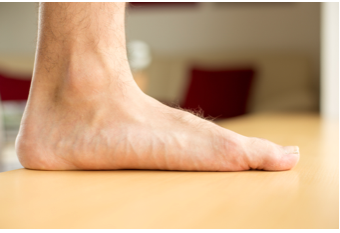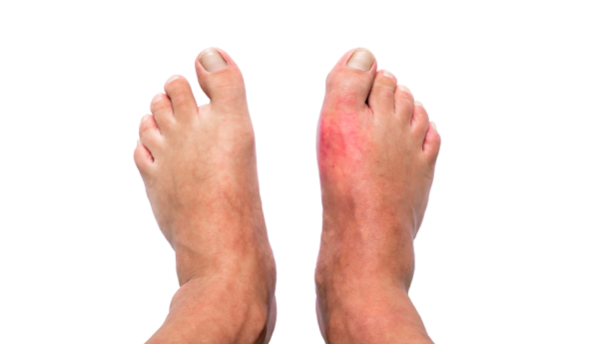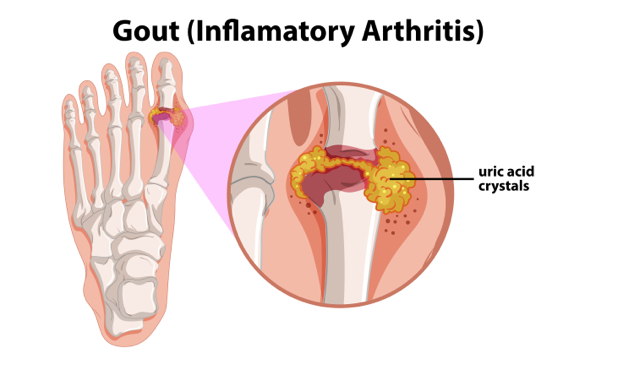☀️ Debunking the Myths: Uric Acid and Your Health
There’s a widespread fear of uric acid among the general public, but it’s time to separate fact from fiction. Contrary to popular belief, uric acid is not a harmful substance inherently. In fact, it is a natural antioxidant produced by an organ in our body—the liver. Its primary function is to help neutralize oxidative stress, which is an essential part of maintaining our overall health. ✨
Common Pain Patterns Associated with Uric Acid
Excessive uric acid can lead to pain and discomfort in various parts of the body. The three most common pain patterns include:
- Big Toe: This is the most well-known site for uric acid-related pain, often referred to as gout. The big toe can become extremely painful, swollen, and red due to the accumulation of uric acid crystals. 🔥
- Ankles: Another common area affected by uric acid buildup is the ankles. Pain and inflammation in this area can make walking and standing difficult. 😣
- Knees: The knees are also susceptible to pain and swelling caused by uric acid crystals. This can severely impact mobility and quality of life. 🆘
Why Does Uric Acid Build Up?
The primary reason uric acid levels can become elevated is due to excessive oxidative stress within our bodies. When there is too much oxidation, our bodies respond by producing more uric acid to counterbalance this stress. However, like all things in life, too much of anything is not good. Excessive uric acid can accumulate and crystallize, leading to health issues such as gout. ⚖️🔬
The Role of Acidity in Crystallization
Crystallization of uric acid only occurs when our blood or urine becomes too acidic. This means that the pH of our blood drops below 7.35, and the pH of our urine falls below 6.2 on a constant basis. Maintaining a balanced pH is crucial to preventing the crystallization of uric acid and the associated health problems. 💧🔍
Common Causes of Oxidative Stress
To better manage uric acid levels and prevent its buildup, it’s important to understand the common causes of constant oxidation in our bodies. Here are three of the most common factors:
- Poor Diet: Consuming a diet high in processed foods, sugar, and unhealthy fats can increase oxidative stress. These foods often contain high levels of free radicals, which contribute to oxidation in the body. 🍔🍕
- Lack of Exercise: A sedentary lifestyle can lead to poor circulation and decreased antioxidant levels. Regular physical activity helps to boost the body’s natural antioxidant defenses and reduce oxidative stress. 🏃♂️🏋️♀️
- Chronic Stress: Prolonged periods of mental and emotional stress can lead to increased production of cortisol, a hormone that can contribute to oxidative stress. Finding effective ways to manage stress, such as through mindfulness practices or regular physical activity, can help reduce this burden. 🧘♀️🧘♂️
Conclusion
Understanding the role of uric acid as a natural antioxidant helps to demystify its presence in our bodies. By addressing the common causes of oxidative stress and maintaining a balanced pH, we can better manage uric acid levels and promote overall health. Remember, moderation and balance are key to preventing the crystallization of uric acid and the health issues that come with it. 🌿⚕️
Stay informed, stay healthy! 💪🌟






